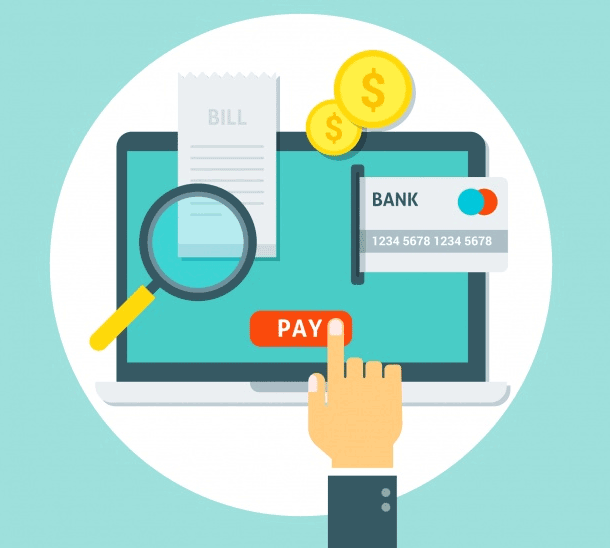It’s important to have an effective process for collecting and managing patient payments. Here are some tips to help you shorten A/R days, increase cash flow, reduce collection calls, and streamline your front office registration and payment process with CollaborateMD.

1) Engage patients earlier in the revenue cycle.
Clearly communicate to patients about their forecasted financial obligations and educate them on your accepted payments methods: credit card, online portal, or payment plan options. Post-billing should not be an option, as it decreases the chances that they will pay in full. Make sure that your medical practice has a payment policy in place that is easy to understand. Have a process at check-in to give the policy to patients, encourage them to read it, and review the guidelines that it covers.
2) Help patients understand their insurance coverage.
A patient’s lack of knowledge about their insurance can often lead to disputes that threaten the patient relationship. If they are unaware of any changes in their benefits, receiving an unexpected bill can come as a shock. Checking patient eligibility before each appointment can help your staff verify coverage and quickly explain the patient’s responsibility up-front. If they have more questions, they should be guided to contact their insurance provider.
3) Make it simple.
Many people are accustomed to paying bills online so you should provide easy access for them to do so. Give them online access to their accounts so they can see what their insurance has paid, view balances, past statements, financial history and make payments. Provide easy access to payment processing at every point of service for their convenience. This can increase patient satisfaction and your payment collections.
4) Agree upon a payment option before they leave.
If a patient leaves before asking what they owe, the chances of collecting that money diminishes. Have your staff secure a payment method by asking the patient how they would like to pay any outstanding balances or charges. At this point, you can discuss payment options and plans set in place by your policy, and also encourage them to make a payment by credit card or tell them about the option to use your convenient online payment portal.
5) Set up an efficient process for follow-up.
You should always strive to collect payment up-front instead of billing a patient. Communication is the most important part of keeping your relationship intact, and also improving A/R and patient collections. Self-pay is a key part of the revenue cycle, but it’s important to close the loop by establishing ways to reach out to patients for payment. Patients should have the option to receive emails or text messages related to New Balance Notifications, Payment Plan Due Dates, and Payment Confirmation through their online portal. If you are still struggling to collect payment, it’s better that your staff make a phone call than it is to send a recurring bill.
Looking to learn more about CollaborateMD? Request a free demo here.



